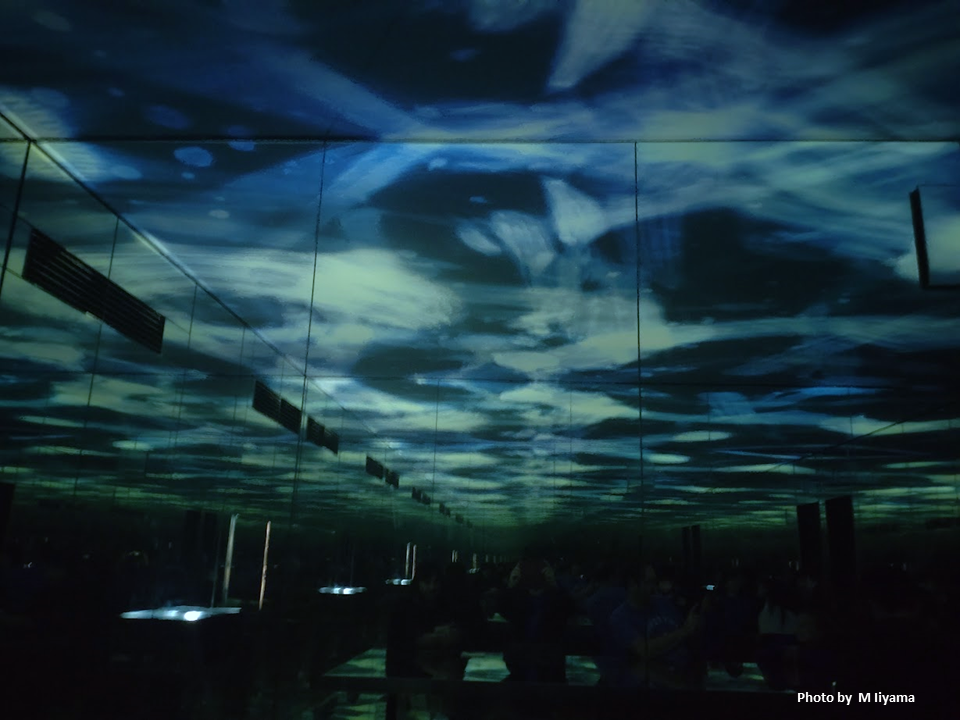Pick Up
1155. Winter Weather in Mid-Latitudes

1155. Winter Weather in Mid-Latitudes
According to the Japan Meteorological Agency, the average temperature in autumn 2024 (September-November) is quite high nationwide, and the deviation from the reference value of the average temperature in autumn in Japan based on observations from 15 stations used to monitor long-term climate change such as global warming is +1.97°C, which is 0.58°C higher than the highest so far of +1.39°C in 2023. It was the hottest fall in the past 126 years since statistics began in 1898.
On the other hand, according to the one-month forecast as of December 5, the next month will be susceptible to cold air and there is a high probability that the temperature will be lower than normal.
La Niña is predicted to have an impact on the weather this winter, but it is the occasional drop of cold Arctic air that causes the winter weather to affect the mid-latitude region. The polar jet stream, which marks the boundary between cold polar air and warm mid-latitude air, forms a serpentine pattern that shifts southward from its normal route around the Arctic Circle, bringing sub-zero cold to the United States, Europe, and Asia.
Polar jet stream and polar vortex are often confused, but they are not the same thing. The polar vortex is a strong west-to-east wind that originates in the stratosphere, located 16 to 50 kilometers (10 to 30 miles) above the Earth's surface. In contrast, polar jet streams occur at troposphere altitudes of 8 to 14 km (5 to 9 miles). The polar vortex in the stratosphere and the polar jet stream in the troposphere may interact, but the polar jet stream seems to change in relation to meteorological phenomena and large-scale atmospheric circulation.
The effect of Arctic warming and sea ice reduction on the polar jet stream has not been fully elucidated, but as a result of rapid Arctic warming, it has been pointed out that polar air may visit the mid-latitudes frequently, and it seems that active discussions are taking place in the scientific community.
Contributor, IIYAMA Miyuki, Information Program
